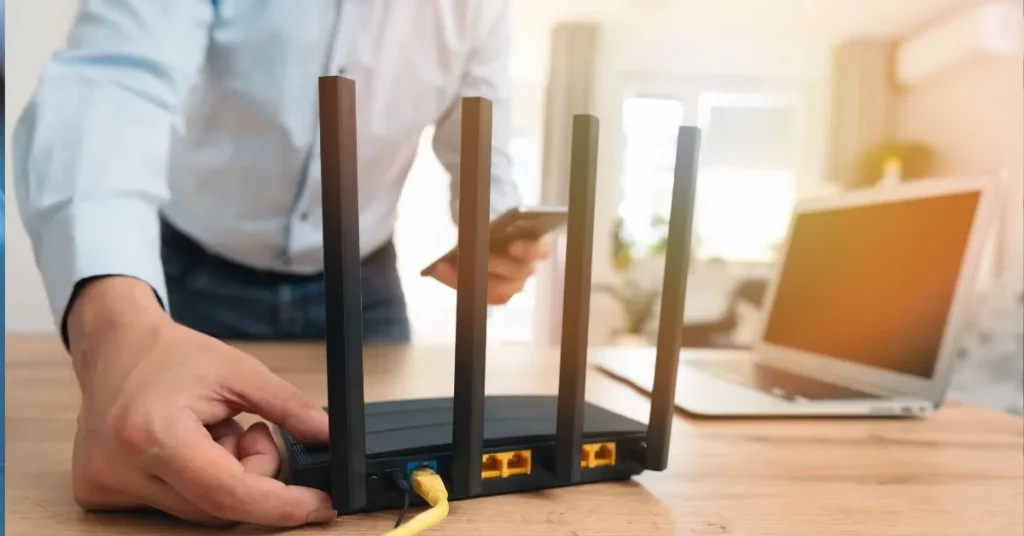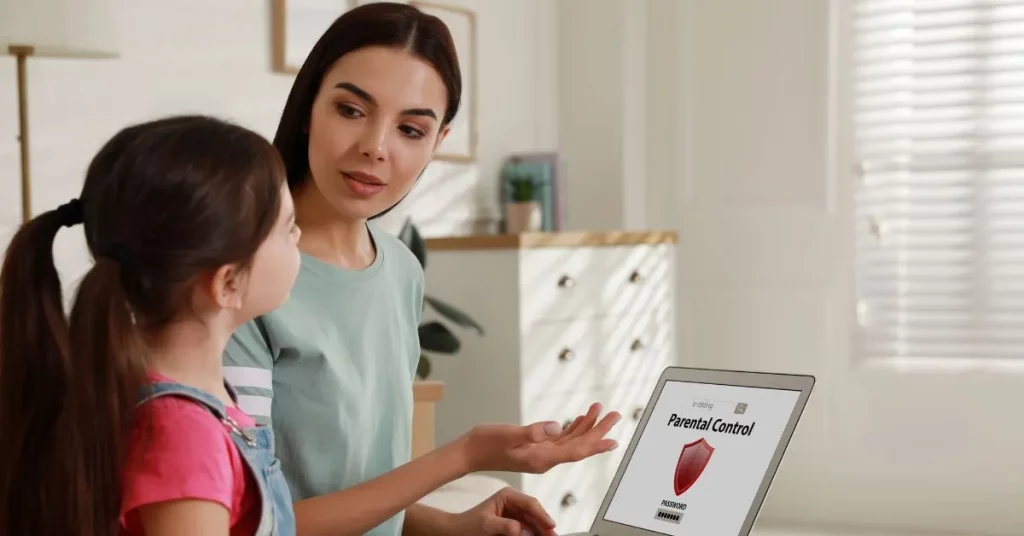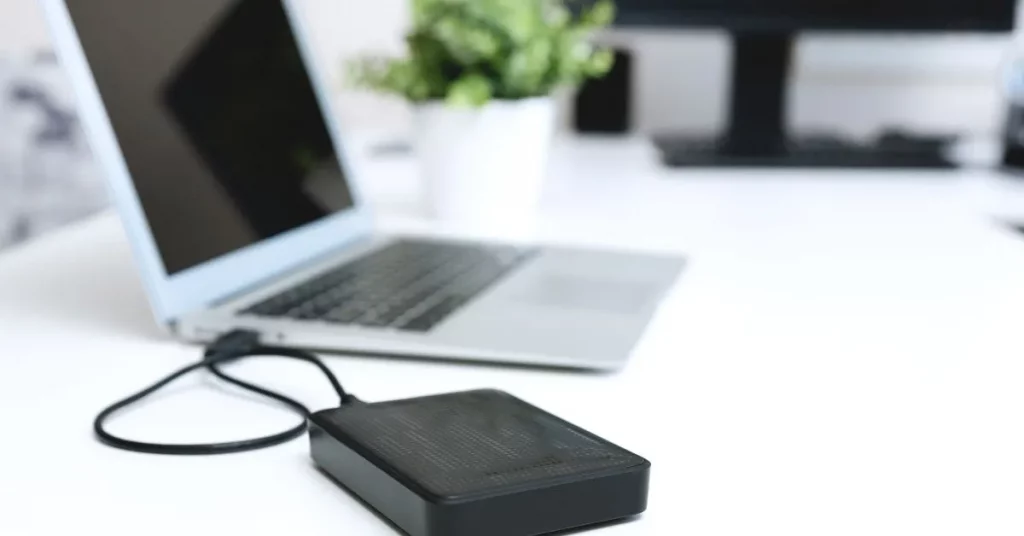Hey there, Windows 10 user! In the digital age, safeguarding your privacy has become more crucial than ever.. With so much of our lives happening online, it’s crucial to keep our personal information safe. Windows 10 comes with built-in tools and settings to help you do just that. In this post, we’ll explore why privacy matters on Windows 10 and how you can use these features to keep your data secure. Let’s dive in and learn how to protect your privacy on Windows 10!
Why Privacy Matters On Windows 10
Windows 10 collects quite a bit of data about you and your activities. This includes things like your browsing history, app usage, and even your location. While some of this data collection helps improve your experience, it can also pose risks to your privacy. For example, this information might be used for targeted advertising or could potentially be accessed by unauthorized parties.
That’s why it’s so important to have control over your data. By understanding and managing your privacy settings, you can decide what information you’re comfortable sharing and what you’d rather keep to yourself. After all, it’s your data, and you should have a say in how it’s used!
Key Privacy Features on Windows 10
Windows 10 comes with a range of privacy features to help you manage your data. At the heart of these is the privacy dashboard, which gives you an overview of your privacy settings and lets you control them all in one place. Pretty handy, right?
Key features to watch for include:
- Microsoft Account privacy settings: These control what data is synced across devices.
- Activity history: This tracks what you do on your device.
- App permissions: These determine what information your apps can access.
These features give you the power to decide what Windows 10 can and can’t do with your data. It’s like having a personal bouncer for your digital life!
Step-by-Step Guide to Configuring Privacy Settings
Now, let’s roll up our sleeves and get into the nitty-gritty of setting up your privacy settings. Don’t worry, I’ll walk you through it step by step!
a) Turn Off Activity History
- Go to Settings > Privacy > Activity history
- Uncheck the box for “Store my activity history on this device.”
- Click “Clear” under Clear activity history
b) Manage App Permissions
- Go to Settings > Privacy
- Click on each category (like Camera, Microphone, Contacts)
- Switch permissions on or off for each app individually.
c) Control Location Services
- Go to Settings > Privacy > Location
- Toggle “Allow access to location on this device” off
- If you want to allow some apps, leave it on and manage individual app settings below
d) Disable Advertising ID
- Go to Settings > Privacy > General
- Toggle off “Let apps use advertising ID”
e) Turn Off Diagnostic Data Collection
- Go to Settings > Privacy > Diagnostics & feedback
- Under “Diagnostic data,” select “Basic”
Remember, you can always come back and adjust these settings if you change your mind!
Use a Local Account Instead of a Microsoft Account
Using a local account can give you more privacy control. Here’s how to switch:
- Go to Settings > Accounts > Your info
- Select “Sign in with a local account instead”
- Follow the prompts to set up a local account.
A local account means less of your data is synced to the cloud, giving you more control over your information.
How to Use Privacy-Focused Software
While Windows 10’s built-in features are great, you can boost your privacy even more with some third-party tools. Firewalls add an extra layer of protection to your network, while VPNs hide your internet activity. Anti-tracking software can prevent websites from following your online movements.
These tools work alongside Windows 10’s features to give you comprehensive privacy protection. It’s like adding a state-of-the-art security system to your already sturdy house!
Keeping Your Browsing Private
Your web browser is often where you share the most personal information, so it’s important to keep it private. Think about using privacy-focused browsers such as Firefox or Brave for enhanced online security. These browsers have built-in features to block trackers and protect your privacy.
If you prefer to stick with Microsoft Edge or another browser, make sure to manage your cookies and use the private browsing mode when handling sensitive information. It’s like wearing a disguise while you surf the web!
Tips for Securing Your Windows 10 Device
Protecting your privacy isn’t just about settings – it’s also about good habits. Here are a few tips to help keep your device secure:
- Use strong, unique passwords for all your accounts.A password manager can assist you with this.
- Enable two-factor authentication whenever possible; it acts as an additional lock for your digital door.
- Additionally, ensure your system and antivirus software are up to date, as these updates frequently include critical security patches.
- Use BitLocker to encrypt your hard drive. This protects your data even if someone gets physical access to your device.
Conclusion
Protecting your privacy on Windows 10 means taking control of your personal data. By utilising the built-in privacy settings and following the steps in this guide on How to Protect Your Privacy on Windows 10, you can enjoy the full benefits of the system while keeping your information secure. Make it a habit to regularly review and update your privacy settings—your digital privacy is important! Stay safe, and happy computing!











